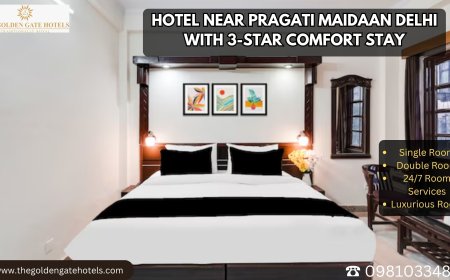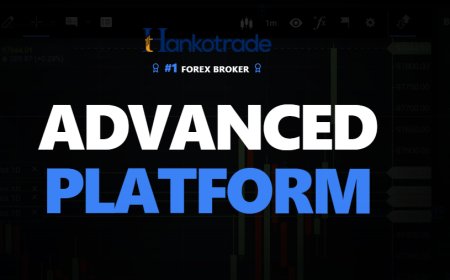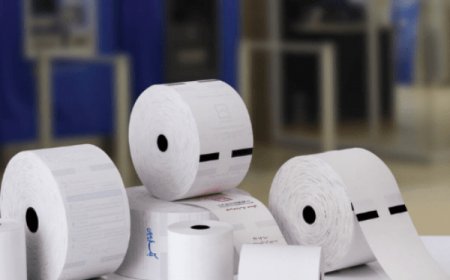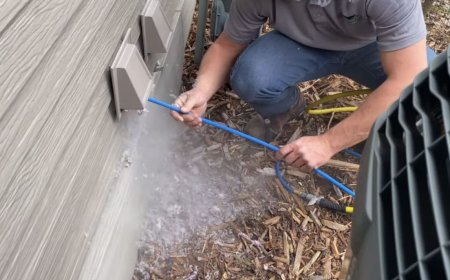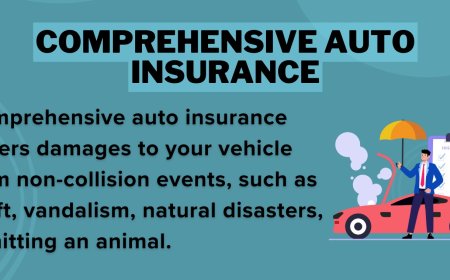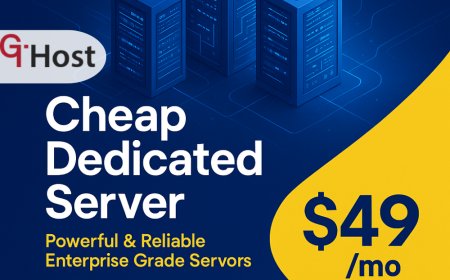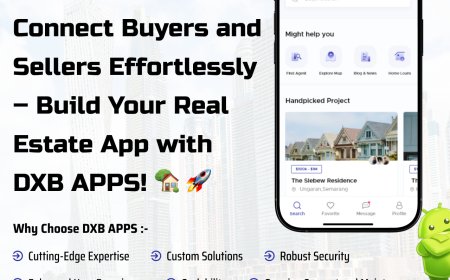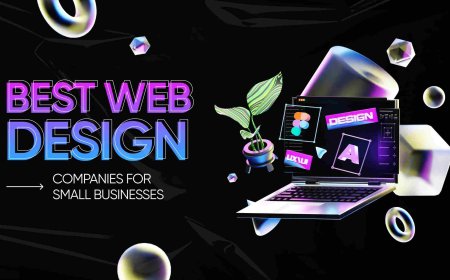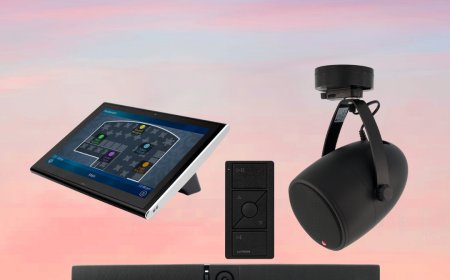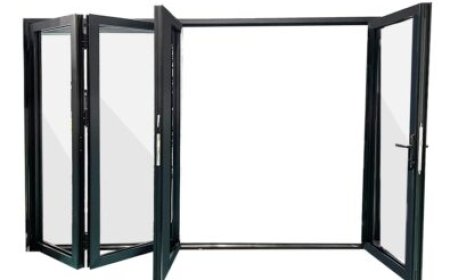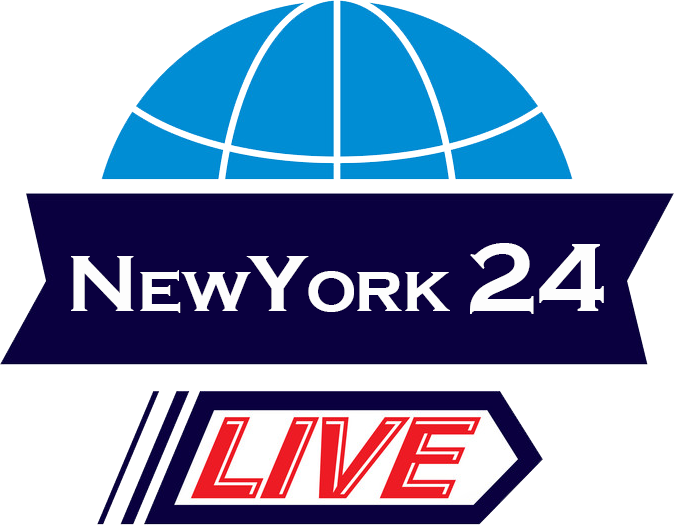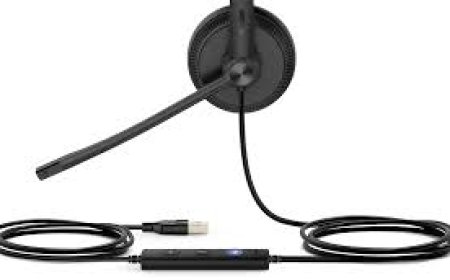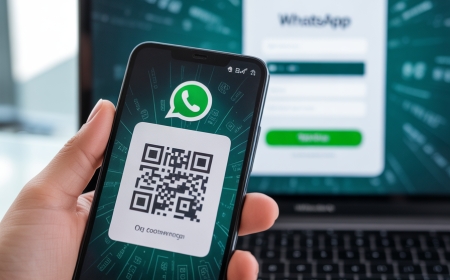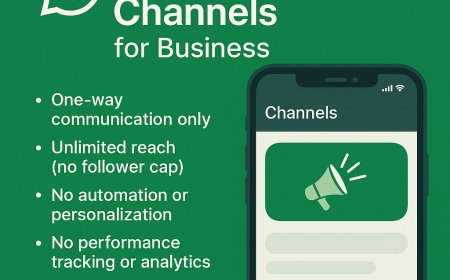The Role of Sales Enablement in Crafting High-Converting Sales Proposals
Discover how sales enablement empowers teams to create high-converting sales proposals that win deals and drive consistent revenue growth.
Sales proposals can make or break a deal. In todays highly competitive marketplace, a generic or poorly structured proposal simply wont cut it. The most successful sales organizations understand thisand theyre turning to sales enablement as the key to consistently delivering persuasive, high-converting proposals.
Sales enablement goes beyond just arming your sales team with content. Its about equipping them with the right resources, tools, processes, and insights to engage buyers effectively throughout the sales journey. And when it comes to sales proposals, the impact of sales enablement is transformative.
What Is Sales Enablement?
At its core, sales enablement is a strategic discipline designed to improve sales performance and productivity. It involves aligning teams, providing the right content and training, and using data to ensure that sales reps are fully equipped to convert leads into customers.
Key components of sales enablement include:
-
Training and onboarding
-
Sales content and collateral
-
CRM and proposal automation tools
-
Sales coaching and performance analytics
-
Alignment with marketing and product teams
When applied to proposal creation, sales enablement ensures that sales teams deliver consistent, compelling, and customized proposals that resonate with potential buyers.
The Importance of High-Converting Sales Proposals
A sales proposal is often the first detailed document a prospect receives outlining how your product or service can solve their problem. This document is critical in moving deals forwardor losing them altogether.
High-converting sales proposals typically:
-
Address buyer pain points clearly
-
Demonstrate deep understanding of the clients needs
-
Provide tailored solutions
-
Include compelling proof of value
-
Inspire confidence and urgency
Sales enablement plays a vital role in ensuring that each of these elements is consistently present and expertly executed.
How Sales Enablement Supports Sales Proposal Creation
1. Content Readiness and Centralization
One of the major pain points in proposal creation is the time spent hunting for up-to-date content. Sales enablement platforms help centralize content so sales teams have instant access to:
-
Case studies
-
Product sheets
-
Pricing documents
-
Templates
-
Testimonials
-
Competitive differentiators
This ensures proposals are not only consistent but also rooted in accurate and impactful messaging.
2. Personalization at Scale
Todays buyers expect personalization. Generic templates wont close deals. Sales enablement helps reps tailor proposals to specific industries, buyer personas, or use cases by providing customizable content blocks and templates designed for quick adaptation.
Tools like CPQ (Configure, Price, Quote) systems and content automation make personalization fast, scalable, and precisekey factors in increasing conversion rates.
3. Training and Proposal Writing Best Practices
Not every sales rep is a skilled writer. Sales enablement provides training and coaching on proposal structure, tone, and value proposition delivery. This includes:
-
Sales playbooks with proposal guidelines
-
Templates with persuasive language built-in
-
On-demand video training on proposal storytelling
By educating reps on best practices, sales enablement elevates the overall quality of every proposal going out the door.
4. Integration with CRM and Workflow Tools
Sales enablement tools often integrate with CRM platforms like Salesforce or HubSpot, allowing for seamless proposal generation using existing customer data. This minimizes errors, saves time, and increases proposal relevance by incorporating real-time prospect information.
For example, reps can auto-populate key proposal sections with CRM datalike company size, budget range, or previous interactionscreating a more cohesive buyer experience.
5. Real-Time Insights and Analytics
How do you know which proposals work best? Sales enablement platforms often include analytics that track:
-
Which proposals get opened
-
How long prospects spend reading them
-
Which sections are most viewed
-
Conversion and close rates
These insights allow teams to continually refine proposals and double down on what worksturning proposal creation into a data-driven science rather than guesswork.
Sales Enablement and Cross-Functional Collaboration
Crafting winning proposals isnt just a sales job. It requires input from marketing, product, legal, and sometimes even customer success. Sales enablement helps bridge departmental silos by aligning cross-functional teams around proposal strategy and execution.
Heres how:
-
Marketing: Supplies on-brand, targeted content
-
Product: Provides accurate technical specs and value points
-
Legal: Ensures compliance and contract accuracy
-
Customer Success: Offers client case studies and use case insights
By bringing these departments into the proposal creation process via enablement frameworks, the resulting proposals are more comprehensive, persuasive, and aligned with buyer needs.
Common Pitfalls Without Sales Enablement
Sales teams that operate without a sales enablement strategy often fall into common traps:
-
Outdated or inconsistent proposal content
-
Delays in proposal turnaround time
-
Poorly customized messaging
-
Lack of understanding of buyer challenges
-
Missed opportunities to upsell or cross-sell
These issues can drastically reduce close rates. In contrast, organizations that prioritize sales enablement report significantly higher win rates and shorter sales cycles.
Final Thoughts: Make Sales Enablement Your Proposal Powerhouse
A sales proposal isnt just a documentits a critical touchpoint that can tip the scales between yes and no. In todays buyer-driven landscape, it needs to be timely, targeted, and compelling. Thats where sales enablement shines.
By streamlining content, enabling personalization, training your reps, and measuring what works, you can build a proposal engine that drives consistent growth. Dont let your proposals be the weak link in your sales chain. Invest in sales enablementand start closing more deals with confidence.





